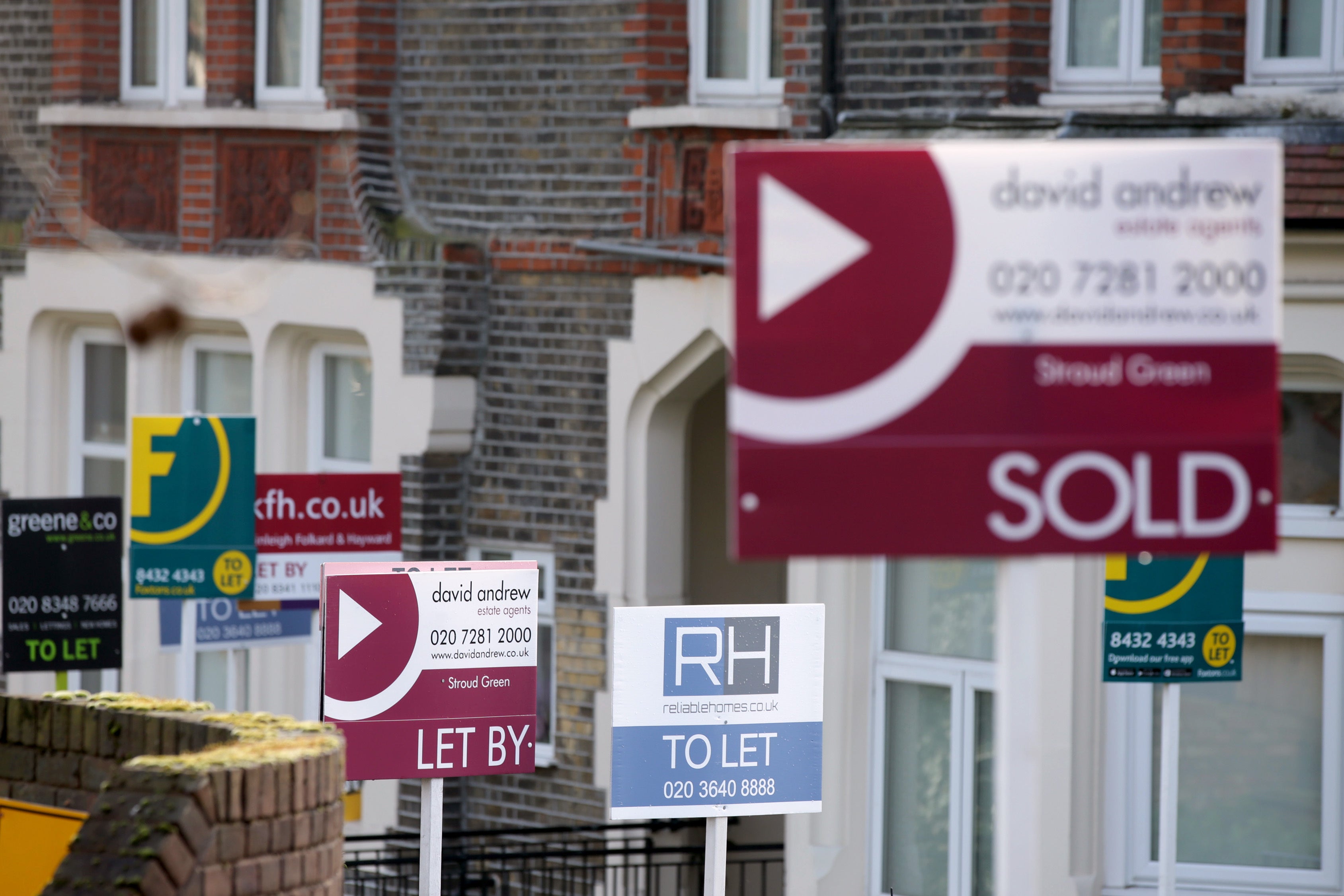What is happening to the global housing market – and what comes next?
The broad global picture is that the massive surge in property prices is coming to an end, writes Hamish McRae


House prices worldwide are starting to plateau and maybe fall. So what is happening in the different markets? And what is likely to happen next?
Those questions probably affect more people than just about anything else in the world of finance and economics, because property in a typical developed economy accounts for a massive proportion of its wealth, and is much larger than its annual GDP. In the UK the housing stock was worth £8.4 trillion at the end of last year, which compares with GDP last year of £2.2 trillion.
So what is happening? The broad global picture is that the massive surge in property prices is coming to an end. In some of the markets where it has risen fastest, prices may have started to fall. For example in the US high-tech centres such as San Jose in California, there are reports that the market has shifted in favour of buyers. The number of sales is clearly going down – particularly for luxury homes – and that usually translates into lower prices.
The reason for that is that it takes a while for sellers to realise that the market has shifted against them, so they hang on expecting to get their asking price. Only after their homes have been on the market for some time do they realise they have to drop their price. Meanwhile the number of sales goes down. It seems to take about six months for a fall in the number of sales to be reflected in a fall in prices.
The most extreme example of this shift in mood seems to be in Canada, Australia and New Zealand. But there are markets in Europe that seem at risk too. Bloomberg did a study of this a few days ago and concluded that the Czech Republic and Hungary were up there as numbers two and three, behind New Zealand, and ahead of Australia and Canada on the risk league table. The UK is middle of the pack at number 15 out of the 30 countries, below Germany but above France. The US is high at number seven. And at the bottom of the table as the lowest risks are South Africa, Italy and Finland.
Within different countries there has been the widely-reported shift from flats to houses. This seems to be particularly marked in London, where people want outside space. Some analysis of Land Registry figures by Bloomberg shows that flat prices are 10 per cent off their peak reached in the middle of 2020, whereas house prices have continue to climb.
The median price of a flat in London was £393,500 in April, down from £443,900 in August 2020, whereas the median house price has reached £633,500, whereas in August 2020 it was £556,800. Looked at another way, the gap in 2019 was around £100,000, while now it is well over £200,000. That gap may narrow as people return to city centres, but there isn’t any evidence of that yet.
So that’s what’s happening. What next?
Housing markets are local, and to a much greater extent than almost any other market. If the oil price goes up in the US, it goes up everywhere else. But a fall in demand for flats in London does not translate into a fall in demand for homes in Florida. But let’s start with the US, where one of the most seasoned forecasters is Moody’s chief economist Mark Zandi. Talking to CNBC, his view is that a correction is “dead ahead”. But he does not think there will be a crash. The key will be what happens to mortgage rates. The 30-year rate in America is now around 5.7 per cent. It was below 3 per cent last November, so it has nearly doubled in seven months.
“If we stay around six,” says Zandi, “I think that the market will adjust and we’ll eventually get that correction. If it goes much higher than that we’ll get a more significant pull-back in the housing market.”
To keep up to speed with all the latest opinions and comment sign up to our free weekly Voices Dispatches newsletter by clicking here
That makes sense to me. What about the UK? Well, perhaps because mortgage rates tend to be shorter here – the usual fix is for two-to-five years – rates are still lower. There are some 10-year fixes at around 4.5 per cent, for example from Nationwide. But we know rates will rise here too. Projections for prices have not however come down. Knight Frank has just revised up its forecast for prices this year from 5 per cent to 8 per cent.
Land Registry transaction data were very strong in May, so there does not yet seem to be an early warning there of any slackening in demand. Indeed in London at least the average time on the market is lower now than it was a year ago.
What does all this mean? My instinct here is that the frothy markets, including New Zealand, Canada and Australia, will see some falls in prices, but interest rates will not rise by enough in the US, UK and Europe to cause a general housing crash. So markets overall are likely to take a breather for a couple of years before they start to move up again. But the soaring prices of the past few years are over, and for first-time buyers that is good news.
Hamish McRae’s new book, The World in 2050, is published by Bloomsbury






Join our commenting forum
Join thought-provoking conversations, follow other Independent readers and see their replies
Comments